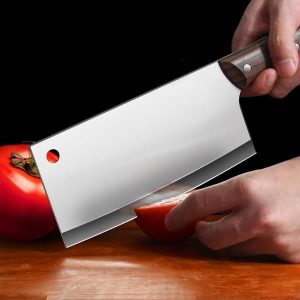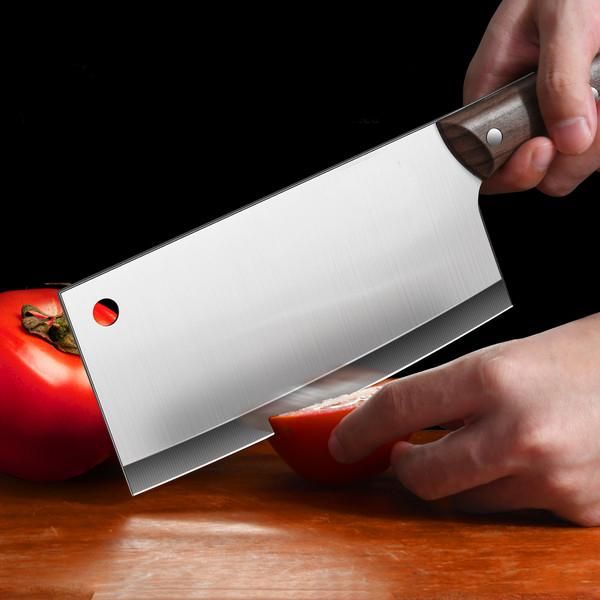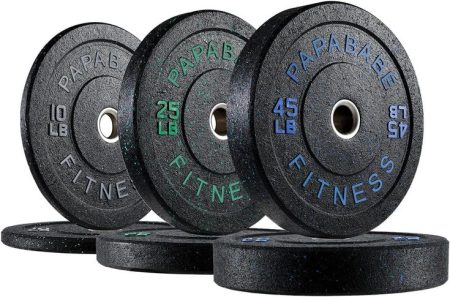The Cutting Truth About Dull Blades
There’s something deeply satisfying about the clean slice of a razor-sharp blade through a ripe tomato or a thick cut of beef. But that satisfaction quickly fades when your knife starts crushing instead of cutting. Whether you’re a seasoned chef, a weekend cook, or a professional butcher in Ireland, knife sharpening frequency directly impacts your blade’s performance and even your food’s presentation.
Ireland on the Front Foot
In Ireland, where culinary tradition meets modern technique, knife care is more than a routine—it’s a craft. From the precision of Victorinox knives Ireland to the everyday demands of chef knife maintenance, understanding how often to sharpen your blade is essential. And yet, many still rely on guesswork, waiting until their knife feels “off” before taking action.
This guide cuts through the confusion. We’ll explore the ideal knife sharpening frequency, offer practical tips for butcher knife care, and help you build a maintenance routine that keeps your edge keen and your kitchen running smoothly.
Why Sharpening Matters More Than You Think
A dull knife isn’t just inefficient—it’s dangerous. Sharp blades glide through ingredients with minimal effort, while dull ones force you to apply pressure, increasing the risk of slips and injuries.
Here’s why sharpening should be a regular part of your kitchen rhythm:
- Safety First: Sharp knives are more predictable and less likely to cause accidents.
- Better Results: Clean cuts preserve texture, flavour, and presentation.
- Less Waste: Precision reduces trimming errors and food waste.
- Tool Longevity: Regular sharpening prevents excessive wear and costly replacements.
Whether you’re slicing with Giesser knives Ireland or another trusted brand, keeping your blade sharp is a mark of skill and care.
Factors that influence sharpening needs:
- Blade material: High-carbon steel holds an edge longer but rusts easily.
- Cutting surface: Wood and plastic are gentler than glass or ceramic.
- Knife type: Boning and cleavers dull faster than slicers or paring knives.
- Technique: Poor cutting habits can wear down edges prematurely.
Chef Knife Maintenance Tips
Your chef knife is your kitchen’s workhorse. Treat it well, and it’ll reward you with years of reliable service.
- Use proper cutting boards: Avoid glass, marble, or ceramic surfaces.
- Clean immediately: Hand wash and dry to prevent corrosion.
- Store safely: Use magnetic strips, blade guards, or knife blocks.
- Hone regularly: Realign the edge to maintain sharpness between sharpenings.
Butcher Knife Care Essentials
Butchers rely on their blades for precision and power. A well-maintained butcher knife improves yield, reduces fatigue, and ensures clean cuts through bone and sinew.
- Sharpen deeply: Use whetstones or professional services for restoration.
- Oil the blade: Especially important for carbon steel to prevent rust.
- Inspect often: Look for chips, bends, or uneven wear.
- Rotate tools: Spread the workload to avoid overuse of one blade.
Sharpening Tools: What You Need in Your Arsenal
Choosing the right sharpening tool is half the battle. Here’s a breakdown of popular options:
- Whetstones: Offer precision and control. Ideal for experienced users.
- Pull-through sharpeners: Convenient but can wear down blades quickly.
- Electric sharpeners: Fast and consistent, though less customisable.
- Professional services: Great for restoring heavily worn blades.
For Giesser knives Ireland, whetstones or professional sharpening are recommended to preserve the blade’s integrity and edge geometry.
Honing Techniques: Keeping the Edge Aligned
Honing isn’t sharpening—it’s realigning the blade’s edge. Done regularly, it keeps your knife performing at its best between sharpenings.
How to hone properly:
- Hold the steel vertically with the tip resting on a stable surface.
- Angle the knife at 15–20° and draw the blade down and across the steel.
- Alternate sides for 6–8 strokes each.
- Wipe the blade before use to remove any metal particles.
Honing should be part of your daily routine, especially in professional kitchens. It’s quick, easy, and dramatically improves performance.
Signs Your Knife Needs Sharpening
Even with regular honing, every blade eventually dulls. But how do you know when it’s time to sharpen—not just hone?
Here are the telltale signs:
- It squashes soft foods: Tomatoes, herbs, and citrus should slice cleanly. If they’re getting crushed, your edge is dull.
- It slips off onions or peppers: A sharp knife bites immediately. Slipping means the edge has lost its grip.
- You’re using more force: If you’re pushing harder than usual, it’s time to sharpen.
- It won’t pass the paper test: Try slicing through a sheet of paper. A sharp blade glides; a dull one tears.
- Visible nicks or shine: If the edge reflects light or shows chips, it’s overdue for sharpening.
Don’t wait until your knife feels useless. Catch these signs early and sharpen before performance drops.
How to Sharpen Different Types of Knives
Not all knives are created equal—and neither are their sharpening needs. Here’s how to handle the most common types:
Chef Knives
- Method: Whetstone or professional sharpener.
- Angle: 15–20° for most Western blades.
- Frequency: Every 1–2 months with regular honing.
Butcher Knives
- Method: Coarse-to-fine whetstone or electric sharpener.
- Angle: 20–25° for durability.
- Frequency: Weekly in high-use environments.
Serrated Knives
- Method: Sharpening rod or specialised tool.
- Angle: Match the bevel of each serration.
- Frequency: Rarely—once or twice a year.
Paring Knives
- Method: Whetstone or pull-through sharpener.
- Angle: 15–20°.
- Frequency: Every 2–3 months.
For premium blades like Giesser knives Ireland, stick to manual sharpening methods to preserve the steel and edge geometry. Avoid aggressive electric sharpeners unless they’re designed for high-quality blades.
SUMMARY
Stay Sharp, Stay Safe
Knife care isn’t just about tools—it’s about mindset. A sharp blade reflects discipline, respect for ingredients, and pride in your craft. Whether you’re prepping vegetables, carving meat, or plating a dish, your knife is an extension of your hand—and it deserves attention.
So don’t wait until your blade struggles. Build a habit. Hone daily. Sharpen regularly. And treat your knives like the precision instruments they are.
Because in the kitchen, sharpness isn’t optional—it’s essential.







